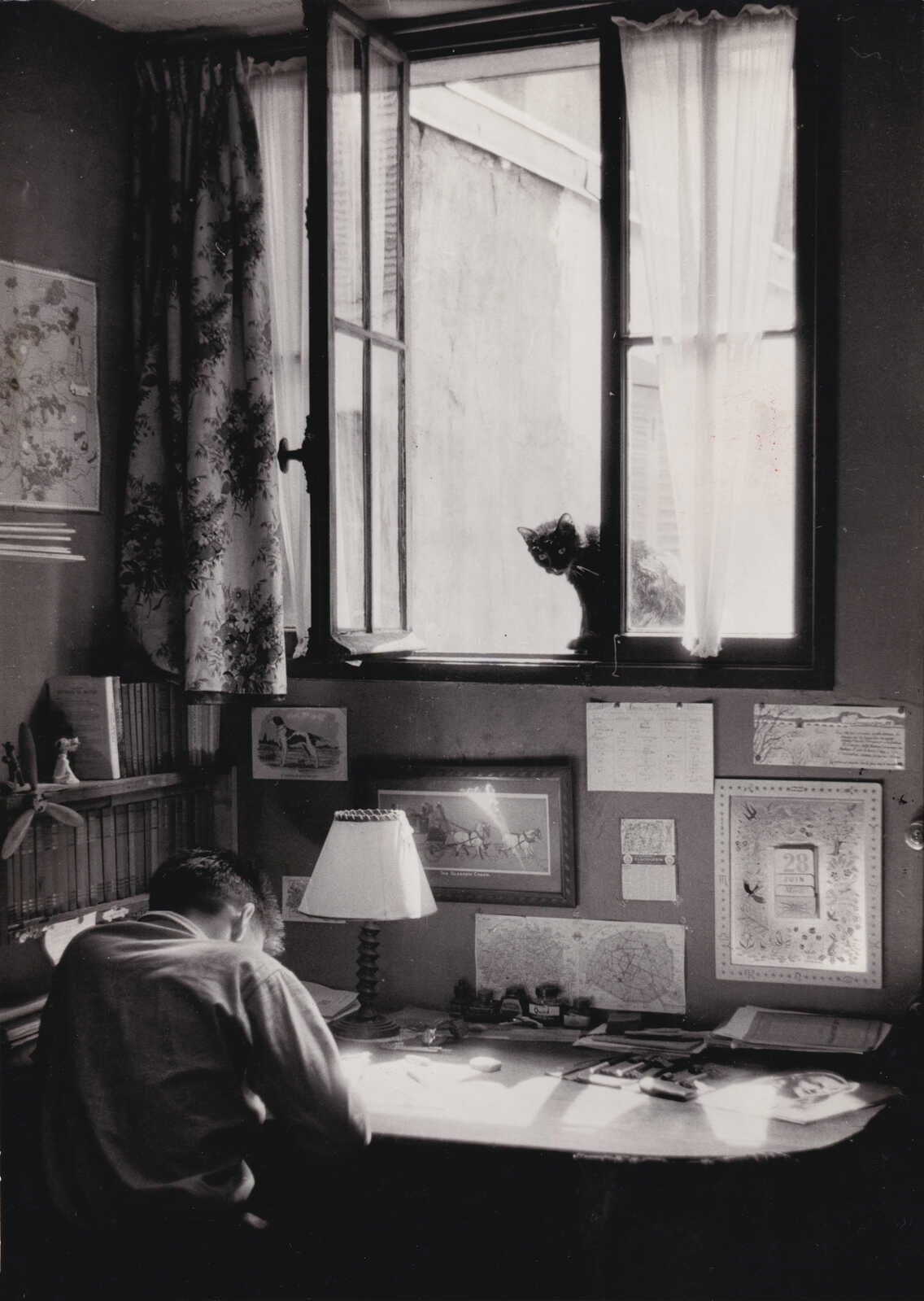
「ヒューマニズム写真」運動の中心人物であった ウィリー・ロニの写真たちに、心惹かれる
Facebookの中で、偶然見つけた、フランスの写真家ウィリー・ロニの写真たち。
"日常の美しさこそが、常に私の最大の感動の源だった"として、”「普通の生活を営む普通の人々」に興味を持ち、パリの街を歩き回り、モノクロ写真に収めたロニ。(1910 ー 2009)
時と場所を越えて、このような写真たち、写真の中の「人生」と出会えることが、嬉しい。
Today we celebrate the birthday of Willy Ronis
Claiming interest in “ordinary people with ordinary lives,” Willy Ronis was among the foremost postwar French photographers, who spent his career roaming the Parisian streets capturing people in love, at work, and at play in lyrical black-and-white images. Like his colleagues Robert Doisneau, Henri Cartier-Bresson, and Brassaï, he was a central figure in the “humanist photography” movement, celebrating the poetry in the everyday in warm, witty images. “I have never sought out the extraordinary or the scoop,” he once said. “The beauty of the ordinary was always the source of my greatest emotions.” Ronis honed his sense of proportion and composition working in his parents’ photography studio. He holds the distinction of being the first French staff photographer for LIFE Magazine, and his work was included in Edward Steichen’s seminal “Five French Photographers” (1951) and “The Family of Man” (1955) exhibitions.
今日はウィリー・ロニの誕生日である。
ウィリー・ロニは、「普通の生活を営む普通の人々」に興味を持ち、パリの街を歩き回り、恋する人々、働く人々、遊ぶ人々を叙情的なモノクロ写真に収めた、戦後フランスを代表する写真家の一人である。
同僚のロベール・ドアノー、アンリ・カルティエ=ブレッソン、ブラッサイらと同様、彼は「ヒューマニズム写真」運動の中心人物であり、温かく機知に富んだイメージで日常の中の詩を称えた。「私は非凡なものやスクープを求めたことはない。"日常の美しさこそが、常に私の最大の感動の源だった"。ロニスは両親の写真スタジオで働きながら、プロポーションと構図のセンスを磨いた。また、エドワード・スタイケンの代表的な展覧会「5人のフランス人写真家」(1951年)、「人間の家族」(1955年)にも作品が出品されている。






いいなと思ったら応援しよう!

